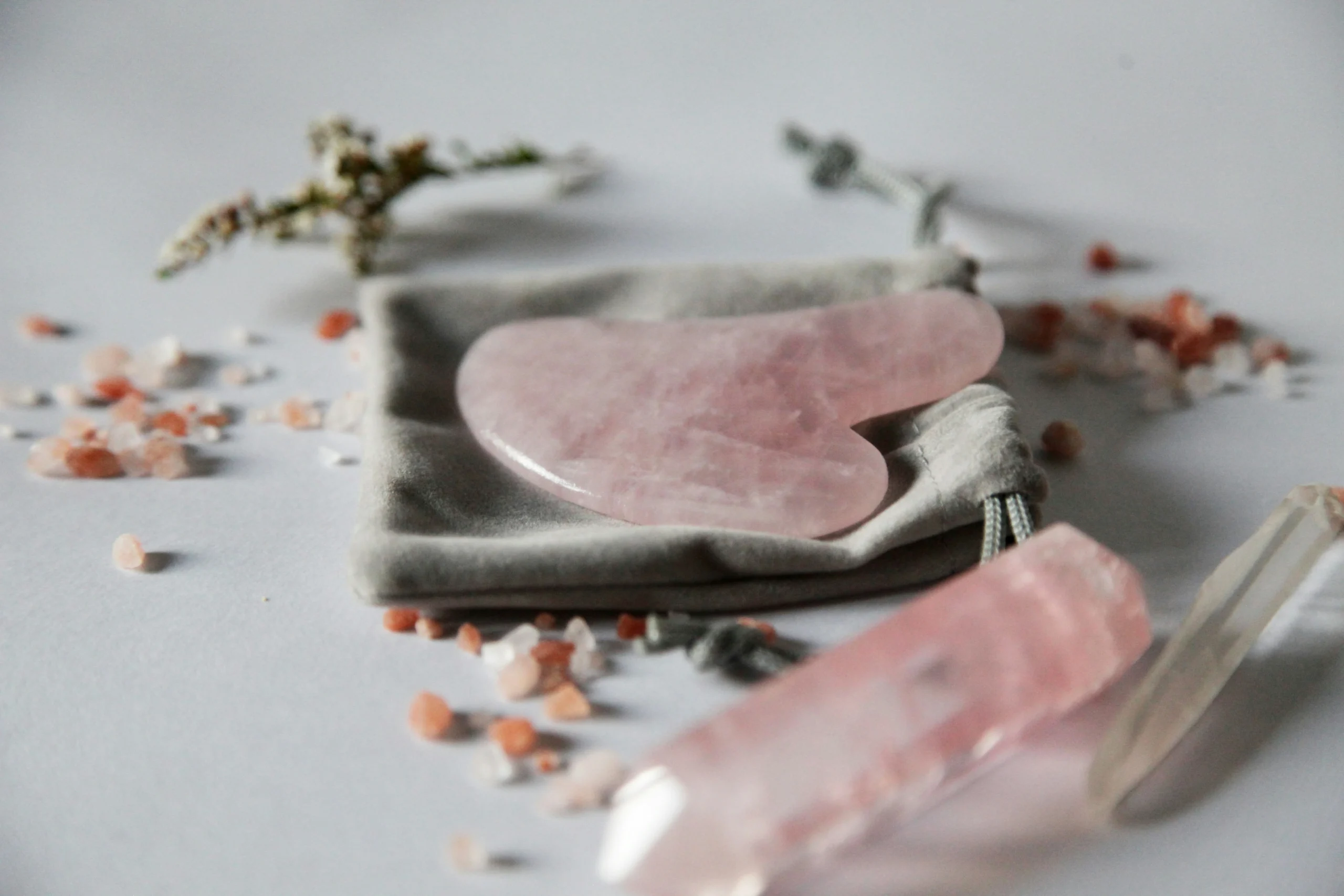In the world of traditional Chinese medicine (TCM), the ancient practices of cupping therapy and gua sha (scraping therapy) have long been revered for their remarkable ability to promote healing, release tension, and restore energetic balance in the body. Though their visible effects—like the circular marks from cupping or the red streaks from gua sha—can be dramatic, the actual sensation during treatment is often surprisingly gentle, bearing little resemblance to the marks left behind.
In this post, we’ll explore the philosophy, benefits, and differences between cupping and gua sha, helping you understand why these therapies are powerful, supportive modalities in holistic healthcare.
What Is Cupping Therapy?
Cupping therapy involves placing glass, bamboo, or silicone cups on the skin to create suction. In TCM, cupping is used to promote the free flow of Qi and blood, clear stagnation, and draw out internal heat or toxins. By creating negative pressure on the skin and superficial muscle layers, cupping encourages circulation, helps relieve pain, and supports the body’s natural detoxification process.
Despite its dramatic appearance, cupping is not painful. Many people find it deeply relaxing—akin to a reverse massage, where instead of compressing tissue, it gently lifts it. The purple, red, or brown circles that appear after a session are a reflection of the release of stagnation or buildup in the body. Meaning the more shocking colours have no connection to the sensation during cupping, rather it shows what is going on in your system
Benefits of Cupping Therapy:
- Reduces muscular tension and pain
- Supports detoxification and immune health
- Improves circulation and lymphatic flow
- Helps manage respiratory issues (e.g. colds, asthma)
- Promotes emotional and stress relief
What Is Gua Sha?
Gua sha is a traditional scraping technique that uses oils and a smooth-edged tool to gently stroke the skin in one direction. It’s often applied following the sinew channels or over areas of tightness and congestion. Gua sha is used to move stagnant Qi and blood, release heat, and stimulate the body’s self-healing.
While it may leave visible red or purple streaks known as “sha,” this marking is temporary and, much like cupping therapy, does not reflect injury or pain. In fact, the process usually feels soothing, like a light massage that leaves a feeling of openness and warmth in its wake.
Benefits of Gua Sha:
- Relieves muscle and joint stiffness
- Reduces inflammation and boosts circulation
- Alleviates headaches, migraines, and sinus congestion
- Enhances recovery from colds and fevers
- Promotes relaxation and emotional balance
Do the Marks Hurt? Dispelling the Myth
A common misconception is that the marks from cupping and gua sha are painful. In reality, the treatment sensation is often mild and even pleasurable. The discoloration that appears—whether circular from cupping or streaked from gua sha—is a natural response to the movement of stagnation and typically fades within a few days.
These visual signs are actually seen as positive indicators in Chinese medicine, showing that blocked or “stuck” energy is being released from the body.
Gua Sha and Cupping Therapy, a Time-Tested Path to Healing
Cupping and gua sha are more than wellness trends—they are time-honored techniques rooted in thousands of years of Chinese medical wisdom. Whether you’re seeking relief from pain, support for your immune system, or a way to rebalance your energy, these therapies offer a safe, natural, and deeply effective approach to healing.
If you’re curious about how these therapies might benefit you, consider booking a session with a licensed TCM practitioner. Your journey to feeling better might just begin with a gentle pull or a smooth stroke of a stone.
Ready to experience the healing power of cupping or gua sha?
Book a session today and feel the difference traditional Chinese medicine can make.
Latest Posts
- TCM Exposes “Put Ice On It” Injury Advice as Physiological Interference
- Step one for fixing your digestive problems.
- Foundations of Health: 4 simple steps to a new you.
- How to follow the Chinese Medicine Diet: 12 Principles for Nourishing Yourself
- The Truth About Cupping Therapy and Gua Sha in Chinese Medicine


Leave a Reply